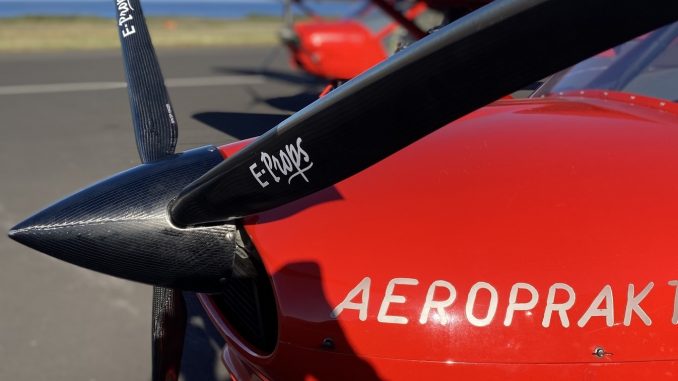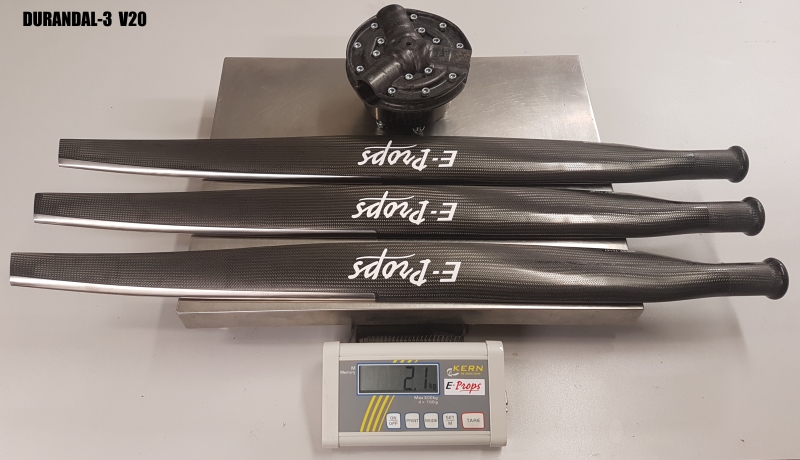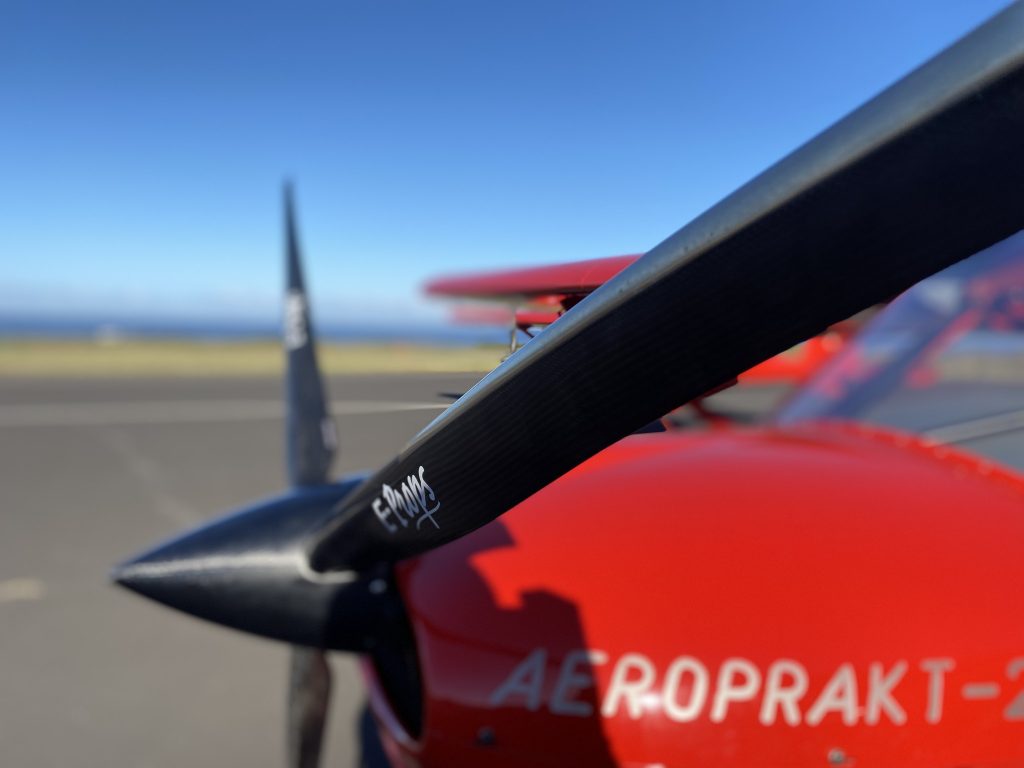
In the collective unconscious : “a strong product must be heavy, and a heavy product is strong.“
But this idea is really too simplistic. A material is defined by different criteria; strength is only one of them, and there are many types of “strength” : compressive, tensile, flexural, yield…
The use depends on the criteria which are the most important for the product.
For a specific application, a lighter material can be better than a heavier one.
For example, steel is not adapted to make a propeller for small airplanes. It would be far too heavy. So manufacturers are manufacturing such propellers in aluminium, 2.8 time lighter than steel, and which have quite the same ultimate tensile strength (about 500 MPa).
Steel is heavier than aluminium, but it is absolutely not the best material to make propellers for small aircraft.
Wood and composite are lighter than aluminium, and are the best materials to make strong propellers.
Composite materials are the best materials for aeronautics, especially carbon, because they are very light at the same time as very strong.
Today, aircraft structures are commonly made up of 50 to 70 % composite materials, including airliners : the Boeing 787 Dreamliner is made of 50 % composite materials, and the Airbus A350 of 53%.
There are many types of composite materials and many different manufacturing process.
Examples of tensile strengths :
– fiberglass : 2.600 MPa
– carbon : 4.000 MPa
– epoxy resin : 80 MPa
To make very strong carbon parts, the most important is to have the maximum of fibers and the minimum of resin. Fibers is 50 times more resistant than resin.
E-PROPS RTM manufacturing process allows to have the hightest fibers ratio on ultra-light parts. Fiber ratio = carbon fibers / epoxy resin. Parts made by E-PROPS have a very high carbon fiber ratio : 63%.
Some other composite propellers are heavier, because usually made in fiberglass, with far more resin, using different process which allows only a very low fibers ratio. They are heavier, yes, but not stronger.
To judge the strength of a propeller, you need to know about the materials used and the manufacturing process.
Tests carried out by the manufacturer can also provide valuable information on mechanical strength. EASA-certified E-Props have a TBO (Time Between Overhaul) of 4,000 hours (which is exceptional).
.





Leave a Reply
You must be logged in to post a comment.